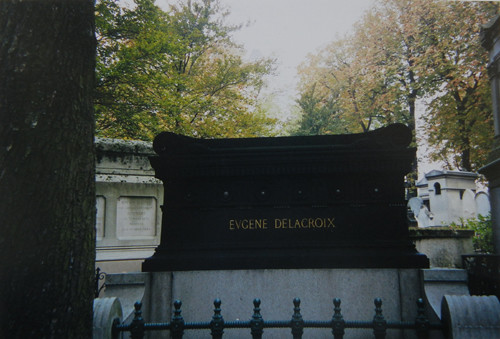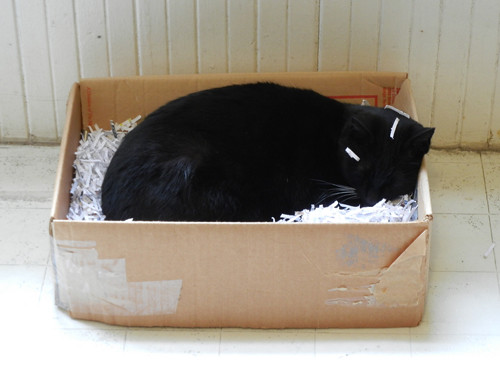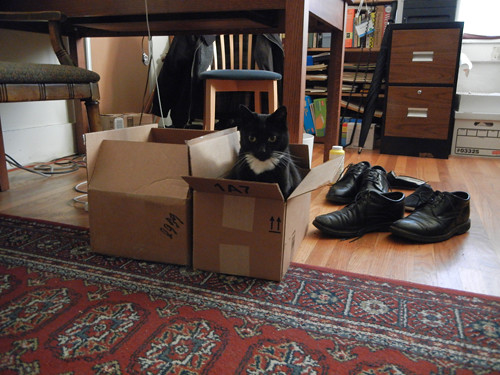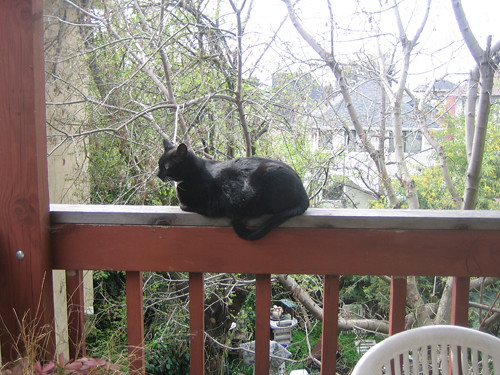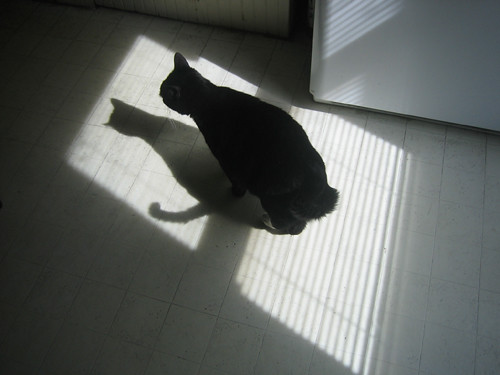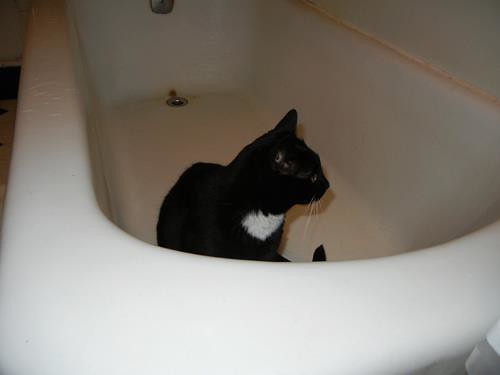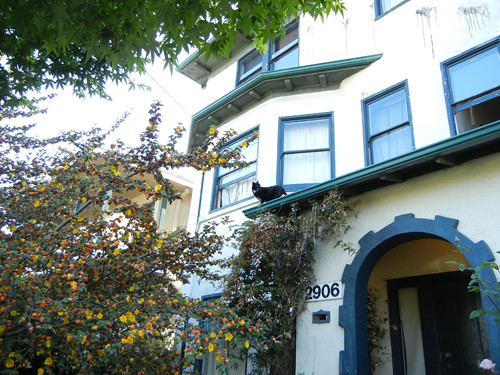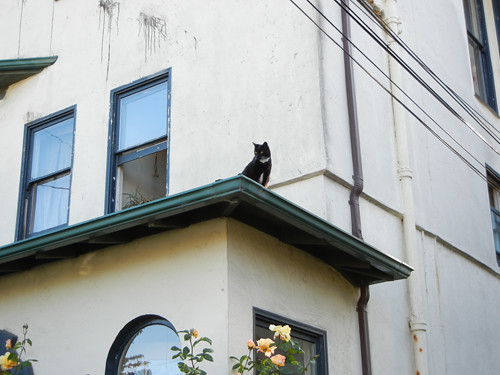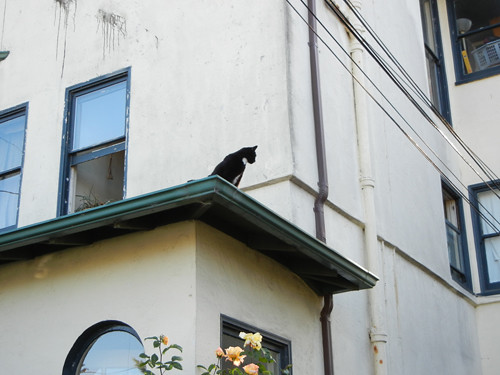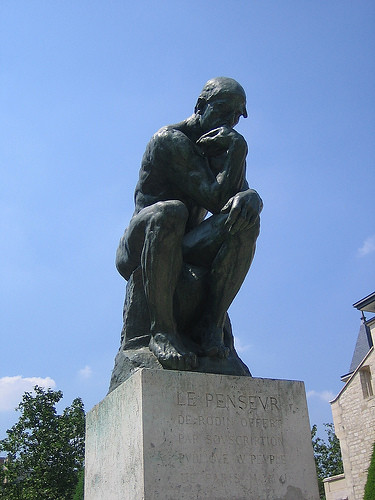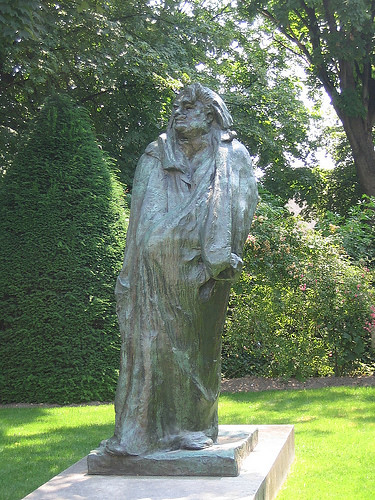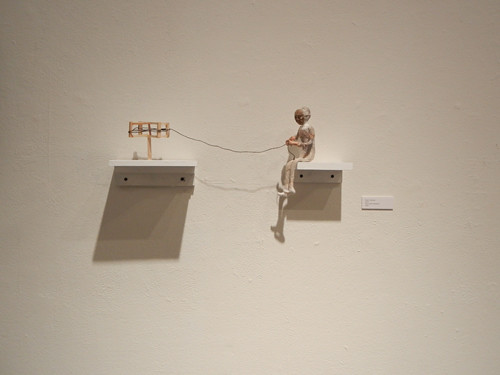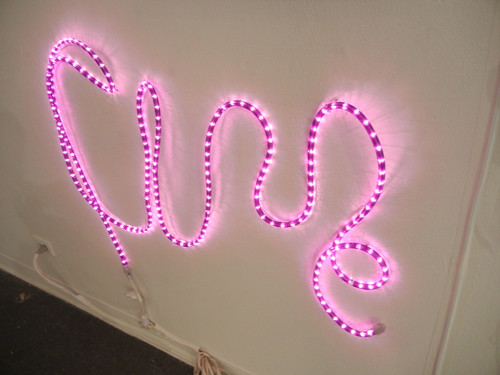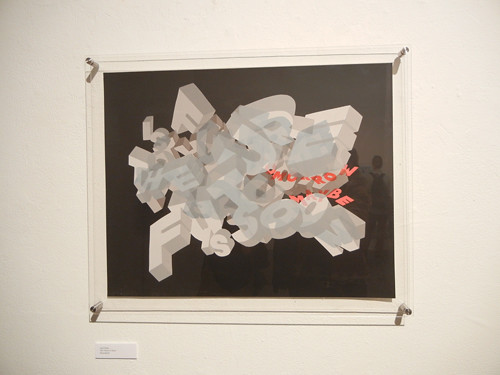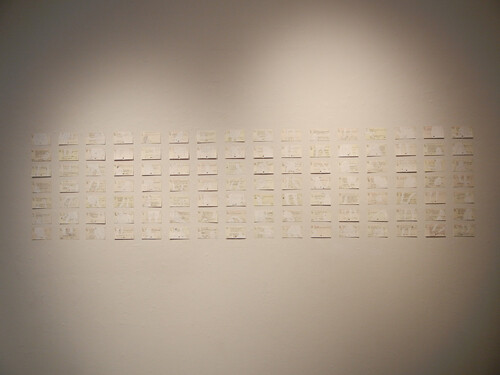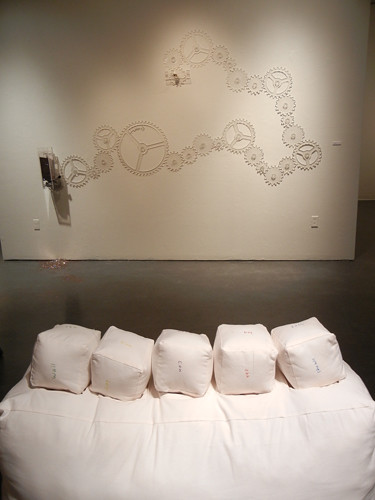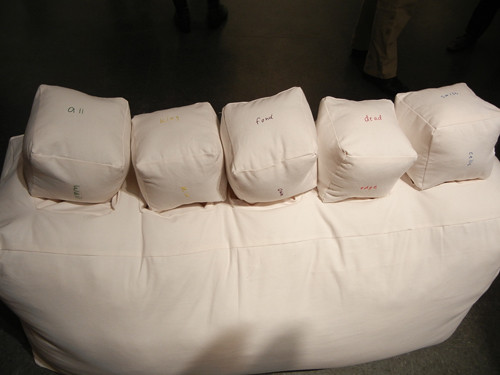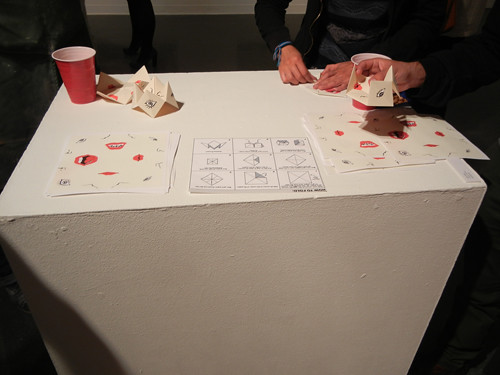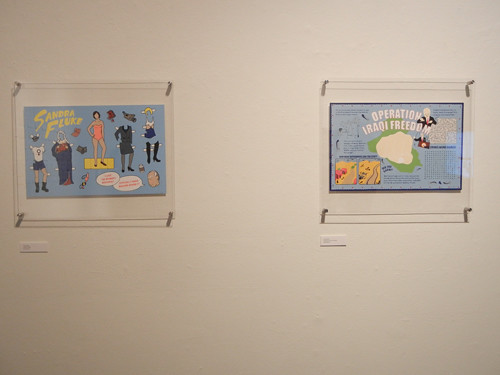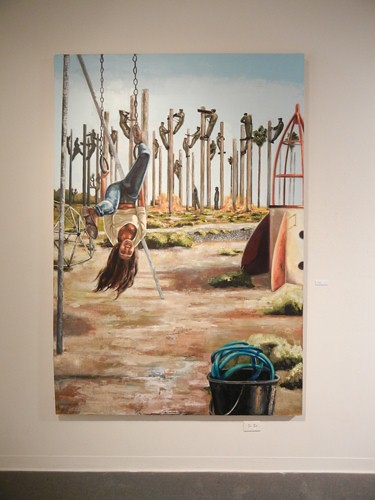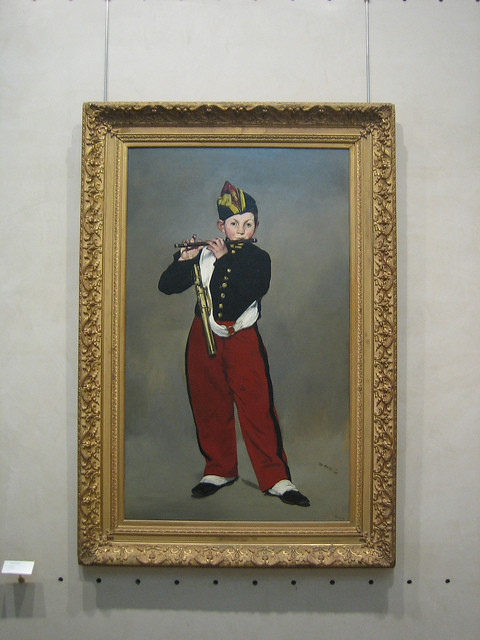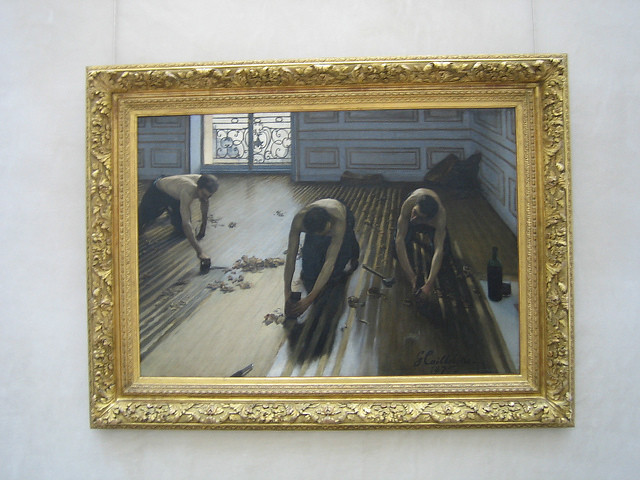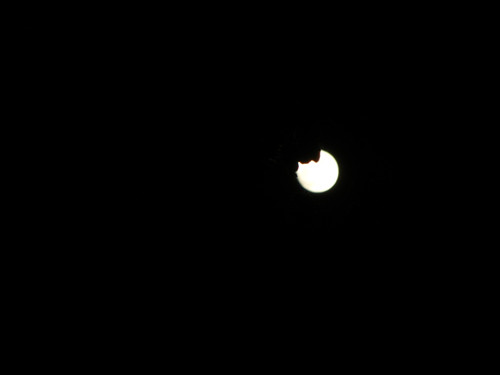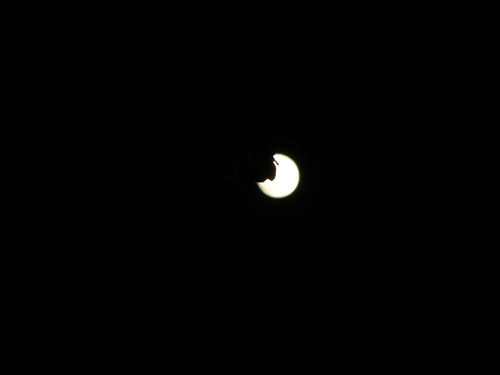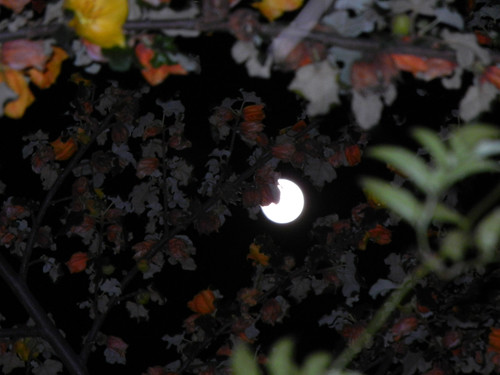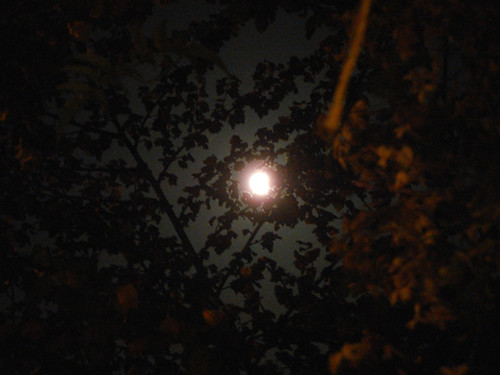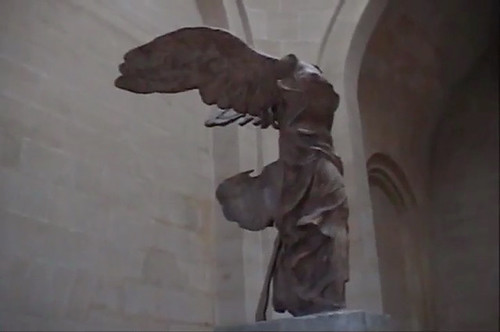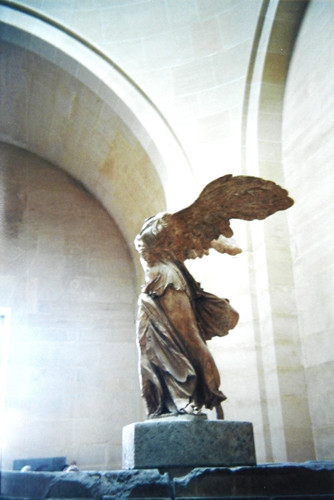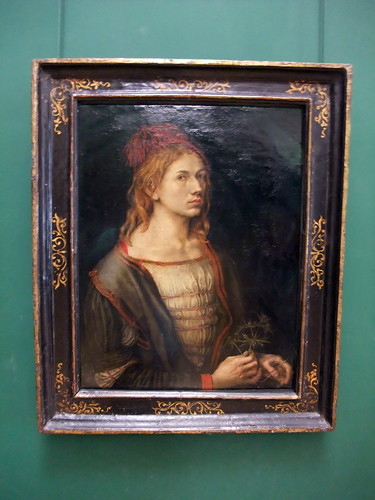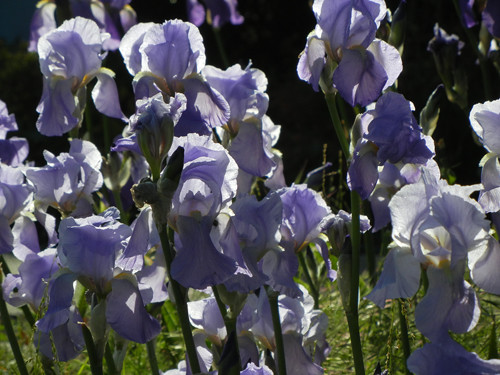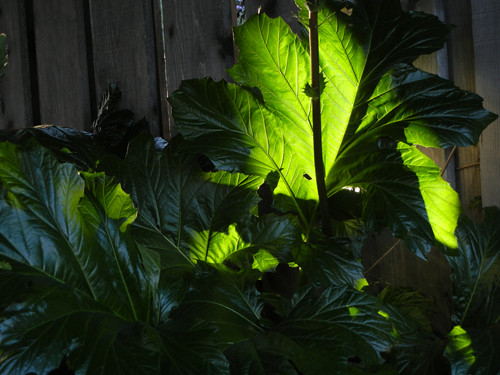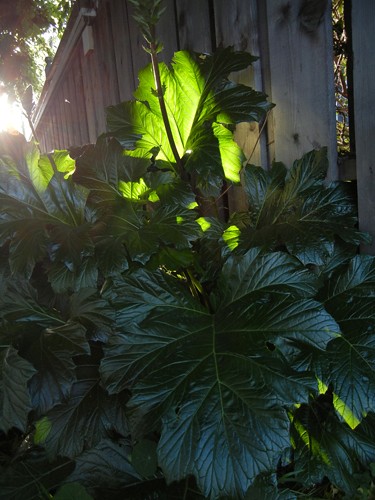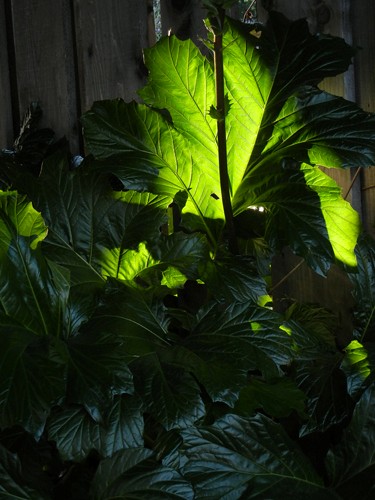
Facebook IPO Story on Shenyang Daily

Mark Zuckerberg's Marriage Story on Shenyang Evening News
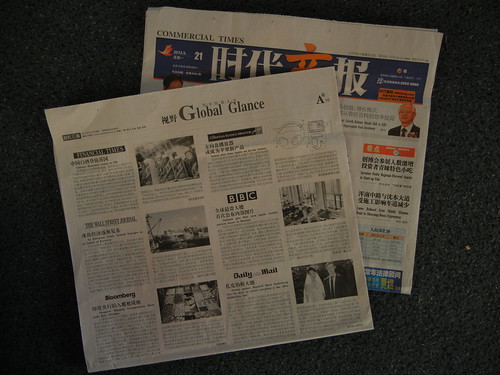
Mark Zuckerberg's Marriage Story on Commercial Times
I asked a journalist friend if anyone in his newspaper had ever made any comments on such dissonance and the answer was a simple "No".
It was obvious that people didn't care, even amongst the people whose job was to be curious.
Yet, I felt it was unfair to dismiss Chinese people's seeming indifference, just at it was easy to dismiss them for caring for material wealth only.
Then I remembered a story about a peasant woman who was tired by hard labor. She mused: "I wish I were an empress, then I can just relax and command: 'Eunuch, bring me a pancake.'"
Chinese people were just like that poor peasant woman, who had no concept of what luxuries were out there. The luxuries people in the western world had long taken for granted were not just material goods, which started to make way into some Chinese' life, such as decent food, housing, transportation, but freedom of speech, press, assembly, association, and demonstration, etc., though guaranteed by their constitution, was denied by their government in reality.
Many things they simply didn't know their existence, or the benefits of them, and I was in no position to look down at them for that, especially when we look inwardly and realize that in the US, though we have Google, Facebook and Twitter, etc., we cannot say with straight face that many of us care for true democracy and liberal values.
That made us even more pathetic.
Label: Shenyang, Shenyang Trip 2012


